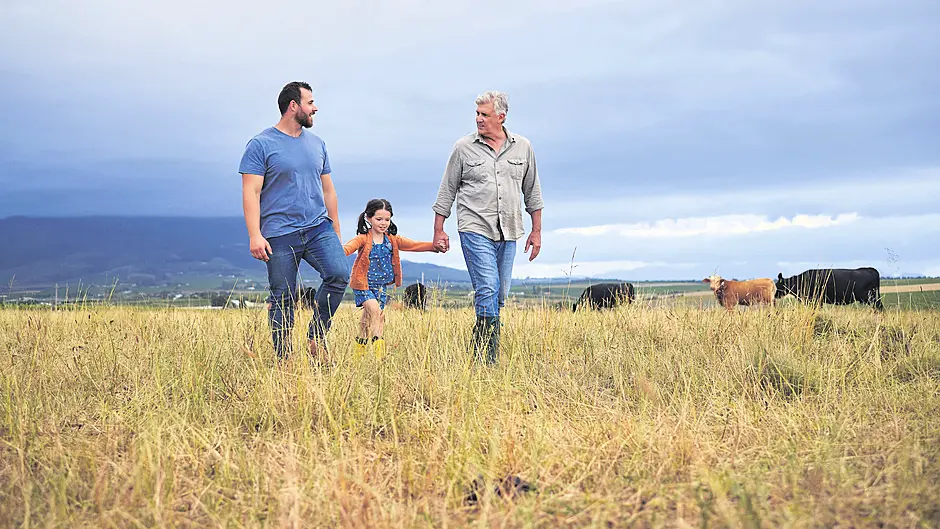A FARM transfer to the next generation is commonly achieved by a lifetime gift.
Without availing of relief, such transfers would be commercially impracticable given the substantial tax cost. There are, however, several tax reliefs which, when availed of, can minimise or eliminate these liabilities, with the most common being retirement relief (regarding the transferor’s capital gains tax) and agricultural relief (regarding the transferee’s capital acquisitions tax).
There are many conditions that must be met, and although it is beyond the scope of this article to discuss them all, I will consider those that are most affected where solar panels are installed on farmland.
For retirement relief, the transferor must be at least 55 years old, and the land must be owned and farmed by him for a continuous period of 10 years immediately prior to the disposal (excepting specified leasing arrangements entered into by the landowner when he/she ceases farming).
Similarly, agricultural relief requires that the lands are farmed commercially, for at least six years following the transfer. Where there are solar panels and solar infrastructure occupying the lands then that will not constitute ‘farming’ for the purposes of these reliefs.
However, neither retirement relief nor agricultural relief will be affected by the fact alone that solar panels/solar appliances are installed, provided that the area of the land which they occupy do not exceed half the total area of the gifted farm.
The precise application of these rules must be examined closely in each case, to assess if the reliefs can be availed of, but no doubt this will be helpful for many farmers who plan to transfer their farms and whose lands are currently occupied by solar panels or who have entered into option agreements for such development.
The rate of stamp duty is currently 7.5% on the market value of the agricultural lands and is generally a liability for the transferee.
Reliefs known as consanguinity relief and young trained farmer relief, can reduce that rate to 1% and 0% respectively, provided that their many conditions are met.
Whereas consanguinity relief is only available for transfers between certain blood relations, young trained farmer relief only applies to transferees who hold a relevant agricultural education qualification (‘green cert’) and who is below 35 years old at the transfer date.
Both reliefs require that the lands are actively farmed on a commercial basis for holding periods of six years and five years respectively. The carve-out provisions do not apply to these stamp duty reliefs, and the condition that the lands are actively farmed are not met where the lands are occupied by solar panels, even if the area of land which they occupy is less than half the total area of the gifted farm.
There are also income tax reliefs available in respect of certain leases of agricultural land.
However, similarly, that relief will not be available on lands occupied by solar panels and solar panel infrastructure.
All aspects require careful consideration but unless, and until there is a legislative change extending the carve-out provisions to the stamp duty then farmers when negotiating leases/lease options with solar energy companies must give particular consideration to this tax head. In my experience, solar developers are open to working with the farmer and their successors to minimise the tax impact and explore all options to make the agreement attractive to all.
• Michael Fitzgerald is an FDC regional tax manager.








